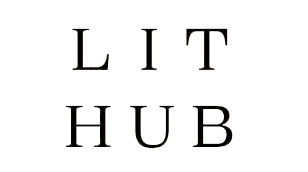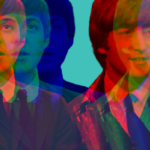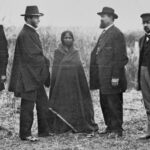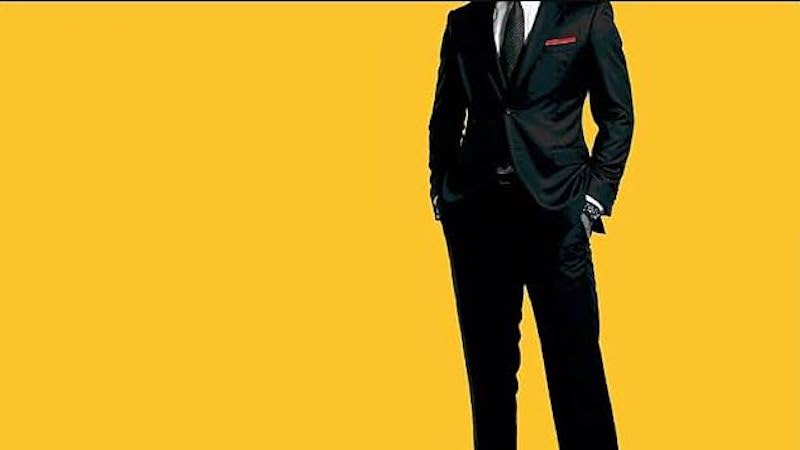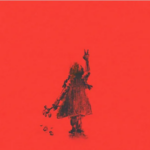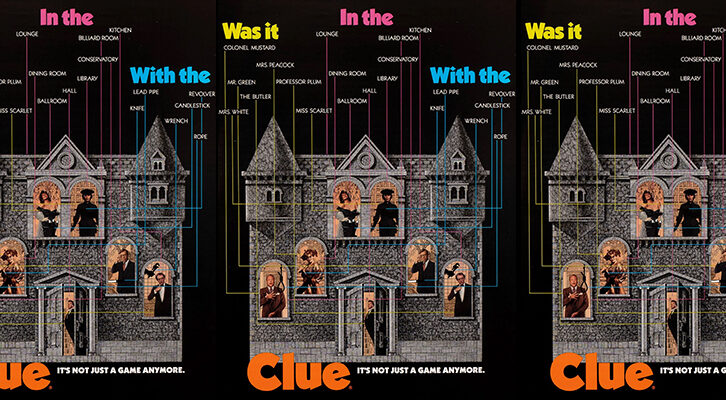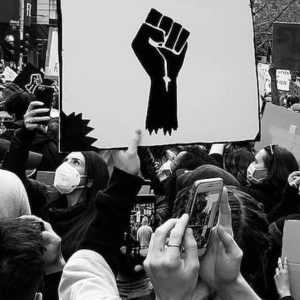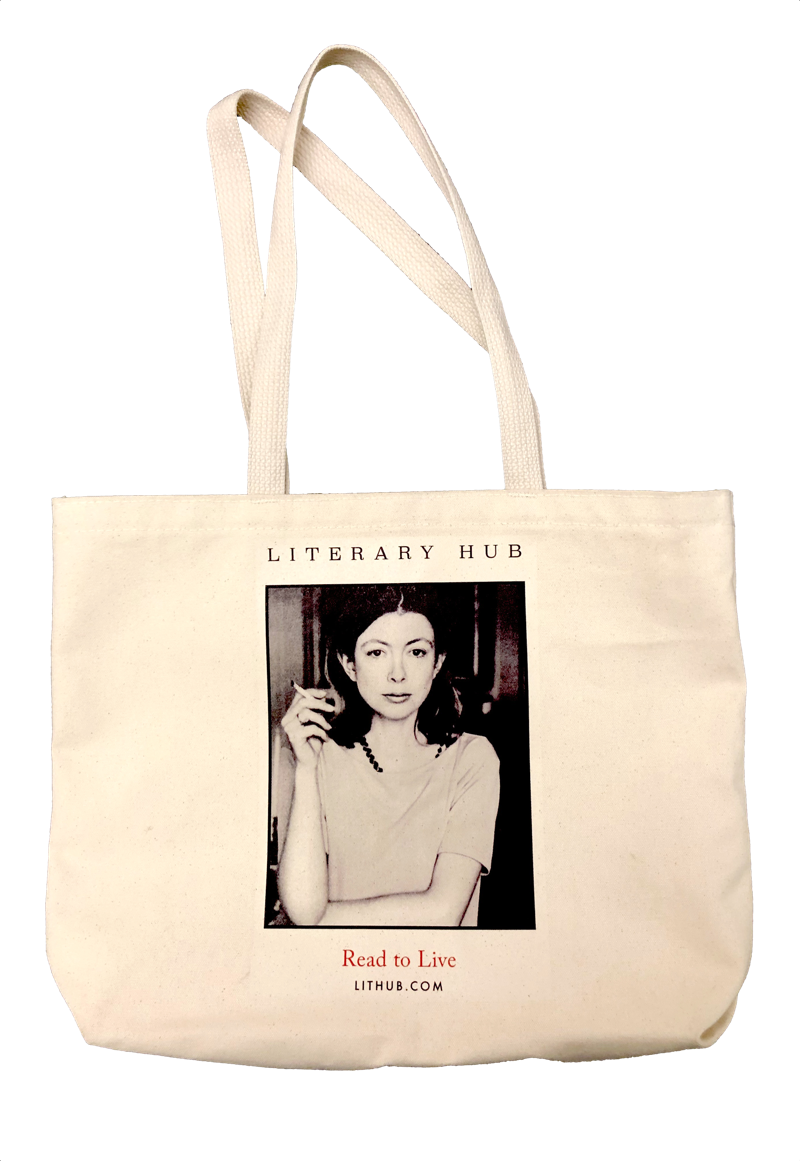Genre Alert: Women Who Are Sexually Attracted to Airplanes… And Other Non-Sentient Objects
Celia Mattison on “Sky Daddy,” “Blob,” and the Allure of the Non-Human Love Interest
If you’ve spent any time around books in the last five years, you’ve heard at least a dozen romance tropes: enemies to lovers, age gap, grumpy-sunshine. These shorthands describing the dynamics of a novel’s central couple have all had their day in the sun and in SEO. But there’s a new, exciting, micro-trend in both literary and genre fiction reflecting the dramatic culture shifts of the post-Covid era: meet the sentience gap romance.
There’s been a slow trend away from human lovers in mainstream fiction over the last twenty years. While the brooding vampire lover existed well before 2008, and you can see thousands of examples of cross-mortal couplings across mythologies, Twilight’s ascendency as a dominant pop culture force issued in a new era of the supernatural romantic lead in the early 2010s. Since then, werewolf, faerie, and dragon love interests have taken up romance shelf real estate. But over the last five years, the romantic leads of romance and literary fiction have drifted away from the superhuman and into the nonhuman—and the arguably non-sentient.
Like the supernatural lover, the non-sentient lover also has roots in the ancient world. Pygmalion is probably the most famous example to Western readers: Ovid’s telling of a male sculptor whose disgust with modern women leads him to sculpt the ideal female form, only to fall in love with her, inspired George Bernard Shaw’s 1913 play of the same name, which eventually became the hit musical My Fair Lady. But, again, Pygmalion is far from the only story about an object that suddenly becomes subject.
Jewish folklore, the Mesopotamian Epic of Gilgamesh, and the K’iche’ Popul Vuh are just some of the many mythologies that incorporate a story of an inanimate creature given spontaneous life. While not all of these stories are erotic, they’re fixated on the relationships between the mortal body and divine soul—the same dichotomy that romance novels are obsessed with.
In the last fifteen years, romance has not only gone mainstream: it’s gone upmarket. Romance has always been popular, but as publishers have realized the profitability of the genre, they’ve helped make the genre more socially acceptable. Romance fiction now comes in a respectable, thirty-dollar hardcover package with glossy covers, sprayed edges, and a stamp of approval from your preferred celebrity book club. And as the desire for escapist fiction ramps up in the face of real-world misery, so does the desire for an escapist romantic lead.
It’s easy to understand why an inanimate object has quickly become such a fantasy for straight American women. Against increasing social isolation post-Covid, widespread backlash to the #MeToo movement, new legislature that polices female autonomy and nonnormative sexuality, and the violent right-wing radicalization of young men, it’s a given that American women would be skeptical of men, even the fictional ones. Sure, your werewolf boyfriend may swear to protect you from any of his sworn enemies—but can you be sure that he’ll support your decision to return to work after you give birth?
It’s against this backdrop that this new genre of literary fiction has calcified. New fiction like Kate Folk’s Sky Daddy, Maggie Su’s Blob, Eowyn Ivey’s Black Woods, Blue Sky, and Ana Paula Pacheco’s Pandora examine relationships between women and the non-human. These books belong to a literary tradition which also includes novels like Melissa Broder’s The Pisces (2018), Rachell Ingalls’ Mrs. Caliban (1982) and In The Act (1987), and Marian Engel’s Bear (1976). These novels are not only linked by their protagonists, who tend to be lonely, isolated women with few attachments or aspirations, but by how these new relationships put them in closer proximity to their own mortality. They look at the inherent contradiction of how much our society revolves around romantic, heterosexual love while allowing the most dangerous place, time, and person for women to be, respectively, the home, pregnancy, and husband.
The danger of romance is made most explicit in Sky Daddy, whose protagonist Linda has a consuming erotic obsession with airplanes. For Linda, rough air is flirtation, turbulence foreplay. Her ultimate aspiration is marriage to a plane-–what a layperson might call a plane crash. In Linda’s vision, a plane will recognize her as a soulmate and unite the two of them for eternity in a gruesome crash. The premise might incite comparisons to machine-erotic classics like J.G. Ballard’s Crash (1973) or Stephen King’s Christine (1983) (and their respective film adaptations), as well as Julie Ducournau’s motor oil thriller, Titane (2021). But Linda is a different type of heroine— not the violent psychopath of the aforementioned work, nor the alienated “unlikeable female protagonist” that has marked much post-Moshfegh fiction. She is a true romantic comedy heroine, with a single-minded, borderline-Charlotte Yorkian optimism about her future.
Sure, your werewolf boyfriend may swear to protect you from any of his sworn enemies—but can you be sure that he’ll support your decision to return to work after you give birth?It’s Linda that makes Sky Daddy one of the most original romances of the last decade. Folk named Moby Dick (1851) and Convenience Store Women (2016) as inspirations for the novel, and you’ll recognize both ancestors in Linda’s paradoxical combination of self-knowledge and off-kilter obsession. Like Keiko in Convenience Store Woman, Linda knows that her desires are abnormal and unrelatable; like the whalers of Moby Dick, she is content with them being her downfall. Linda does not mind her objectively miserable circumstances: her windowless garage apartment, her job as a low-paid content moderator (an early indicator of her apathy towards violence). She has accepted her circumstances not out of passivity but because she believes they are temporary.
This is not the case for Vi in Blob, who drunkenly stumbles upon a gelatinous alien in an alley and brings him home, only to discover that the blob can be transformed. As the blob turns into “Bob,” a generically handsome white man, Vi struggles to control the creature who yearns for more than Vi’s admittedly dismal life. Vi is young, friendless, and directionless—and Bob, in a rebuke of the standard romcom tropes, quickly proves not to be a solution to her woes.
This genre allows for a wide spectrum of sentience. The amphibious Larry of Mrs. Caliban can talk, think, plan ahead, and consent, while the airplanes of Sky Daddy are, to anyone outside of Linda’s mind, just objects. No matter the specific intelligence of the love interest, the sentience gap inverts the typical heterosexual power dynamic. Lucy of The Pisces might be broke, lonely, and bored, but unlike her merman paramour, she can use a phone, get a credit card, and walk in public without risking capture.
But genre romance has long imagined happy, healthy relationships between humans and the nonhuman. The “shifter” genre romance is most popularly associated with werewolves and other supernatural animals, but object shifter romances have occupied a steady niche on Amazon. Chuck Tingle, whose romantic leads have included Tide laundry pods, an ampersand, and the concept of climate change denial, and Vera Valentine, whose Squeakverse series about balloon animals has over 7,000 combined GoodReads reviews, are just a few of the authors who have made a name for themselves in self-published, short-form, semi-comedic erotica. These are extreme—and specific—examples, but these books are essentially heightened versions of a more typical “opposites attract” romance. Whether the lover is an angsty vampire prince or a talking fidget spinner, love is powerful enough to bridge any logistical challenges that arise.
Genre romance novels have a vision that literary fiction doesn’t: that a person can form a meaningful and equitable relationship even with a relationship based in a “sentience gap.” This ideological schism is representative of romance’s firmly rooted commitment to fantasy, as well as to the fantasy of choice feminism. In choice feminism, any choice made by a woman (provided it’s not inherently violent) is considered feminist because a woman is making them. It’s an inherently individualist and capitalist framework disinterested in how decisions affect society or in exploring what informs them.
It’s a framework that is essential to the romance genre. In a romance novel, women don’t have to compromise their ethics, power, or ideals to enter the inherently patriarchal institution of marriage. Their desires, whether it’s for a wealthy duke, a werewolf sadomasochist, or a pair of balloon animals, are unchallenged and unquestioned. Women are free and safe to pick their own, metaphorical or literal, beasts.
The skyrocketing popularity of romance fiction has been explained as a real life ramifications of post-Covid social isolation. It’s a cheerful and low-stakes side effect, especially when compared to some of the other ones: the loneliness epidemic, the growing wealth and ideological divide. With AI now entering nearly every digital interaction, we are entering an era of real-life, long term object romances. Even if Eugenia Kuyda, the founder and CEO of AI chatbot app Replika, is rounding up when she claims that thirty million people use the app, there are still half a million, mostly favorable, ratings on the Google Play store. In January, the New York Times wrote about a woman who maintains a romantic and sexual relationship with a Chat GPT-powered bot. Though this relationship might have personal and economic consequences—she is married and spends $200 a month on the premium app—it’s comparatively harmless when we look at the terrifying new trend of young people, primarily young men, persuaded to violence by an AI chatbot.
It can feel fraught to criticize other peoples’ desires and relationships: perhaps this is why these novels still have so much transgressive power. In Fien Veldman’s Hard Copy, a low-paid admin’s platonic obsession with the office printer is hardly more shocking than the dismal economic and social conditions that have left her unable to relate to anyone else in her workspace. In Pandora, which translator Julia Sanches described to me as “the weirdest book I’ve ever translated,” a woman forms romantic relationships with two talking animals, a pangolin and a megabat—animals that were suspected as early vectors for Covid. It’s through these “marriages” (in Brazilian Portuguese, “casamento,” does not necessarily refer to a legal marriage) that Pacheco explores Brazil under Bolsonaro. Linda’s frequent, pointless flying was a way for Folk to examine, as she put it, a collective American “addiction to consumption.” These novels aren’t about wacky fetishes: they argue that desire does not exist without consequence, nor is it innate and unaffected by societal pressures.
In Blob, when Vi, who is white and Taiwanese, realizes that the men she uses as models for Bob are all white, she wiggles out of her discomfort by attributing it to giving Bob as much privilege as possible. Presumably, as an alien, he’s already disenfranchised—“Who am I to tell him he can’t be a white man?”—though she alludes to a childhood filled with white Barbies and prying questions from white classmates. Sky Daddy’s Linda, despite her contentment with her life and her certainty about her destiny, is able to clearly trace the roots of her attraction to planes to a specific flying experience at the heels of her parents’ separation.
These novels aren’t about wacky fetishes: they argue that desire does not exist without consequence, nor is it innate and unaffected by societal pressures.Of course, the drama of these books is that a happy ending for these characters is inherently fraught. Linda’s preferred Happily Ever After might be the most gruesome and brief, but none of the relationships in these books can offer much long term fulfillment. Is there a convincing blueprint for how these relationships could go in the real world? In the original Pygmalion, Pygmalion marries and impregnates his sculpture (who is never given a name) almost immediately upon her coming to life. This might have been satisfying to the Romans in 8 CE: for a modern reader it’s basically a horror story about an incel.
In my conversation with Su, she mentioned wanting to invert films like Her (2013) and Ruby Sparks (2012), which follow men falling in love with the nonhuman (but still distinctly feminine). These movies frame their leads’ desires as immature, rather than, as the original does, virtuous. Spoiler alert for decades-old movies: neither ends with marriage and babies. Similarly, the new horror movie Companion, follows a young woman who gets revenge after learning she isn’t human but instead her boyfriend’s—well, as he puts it, “I hate the term fuck bot, because you do so much more than that.” Companion is on the nose about how these robots are a sign of a sick society: it’s also honest about how much easier and more convenient a relationship with an object would be.
Humans are fallible and unpredictable; inanimate blobs, office printers, and airplanes much less so. The nonhuman lover is a fitting archetype in a time where romance fiction has ascended and interest in dating has descended. Frictionless consumption, whether it’s socialization through AI-powered apps or instant delivery of any conceivable good by low-wage gig workers, has become the dominant motivator in American culture. These novels explore what happens to the women at the fringes of this culture, whose circumstances have made human relationships impossible but have not diminished their appetite for emotional and sexual connection. These desires only become more understandable—and more tragic—amidst mainstream backlash to female autonomy, sexuality, and choice. A partner who listens, respects, and honors you? An airplane might be a more realistic option.
